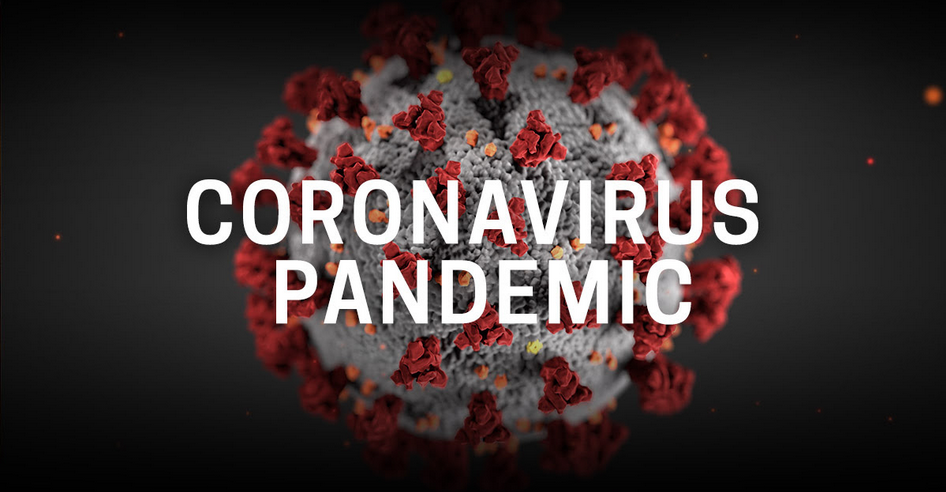REIMAGINE CITIES: The Pandemic is as much of an Urban Planning Issue as it is a Health Crisis
The world today is facing an unprecedented crisis due the pandemic called COVID-19. It is forcing the social urbanists to reimagine cities. It has made us realize how unprepared our cities have been for this situation. Public Realm and Urban Mobility have been the two major areas affected the most.
Here are 5 lessons to be learned, while reimagining the urban landscape when social life comes back on track:
1. DECENTRALIZATION IS THE KEY:
According to a report by the World Bank, 'COVID-19 Crisis Through a Migration Lens', the pandemic has impacted 40 million internal migrants in India. Unable to sustain themselves in cities due to the lockdown, unemployment, and an uncertain future they started urban-rural migration for survival, which quickly became ungovernable. Decentralized regional planning could've prevented this chaos. Our cities and villages are interdependent and equally important for the economic growth of the country. We need an equal distribution of infrastructure providing Housing, Education, Health Care, Employment, and Basic provisions in even the rural parts of all states across the country. The biggest lesson here is to utilize the local resources and provide services closer to home resulting in sustainable villages, uncongested cities, and a better quality of life for all citizens.
2. 20 MINUTES ACCESSIBLE CIRCLES:
Decentralization just at the Regional Planning level won't suffice. The second lesson to be learned in cities is decentralizing at a neighborhood level, reducing the access radius of different services for every household. There is a need to create a more thoroughly integrated urban fabric. Zones need to be reconstructed with mixed-use planning. The need is to create 20-30 minute accessibility and connectivity circles in every neighborhood. These new zones with mixed uses would be more sustainable and lead to avoiding unnecessary trips and hence improving traffic management.
3. STRENGTHEN ACTIVE TRANSPORTATION:
Along with the mixed-use neighborhoods, cities have to invest more in planning Active Transportation. When Public transportation becomes a hazard, as we witnessed in this pandemic, strengthening Active Transportation is the only solution. We have to provide a safe and secure infrastructure for pedestrians and cyclists in our cities to stay connected to access essential services.
4. IMPROVE SANITATION AND WASTE MANAGEMENT:
Another lesson to be learned after any Health crisis is to improve the existing Sanitation and Waste Management systems. If the cities are cleaner and hygienic, they automatically become safer and people have better health.
5. ESTABLISH DIGITAL INFRASTRUCTURE:
Last but not least, the need of the hour is to establish a Digital Infrastructure for all cities. With all the technology we have at our disposal in 2020, people should be able to easily access essential services online. An Urban data network has to be established to connect workplaces, educational institutions, health centers, businesses, economic sectors, government organizations, and all other essential services while maintaining transparency and the privacy of the citizens.
